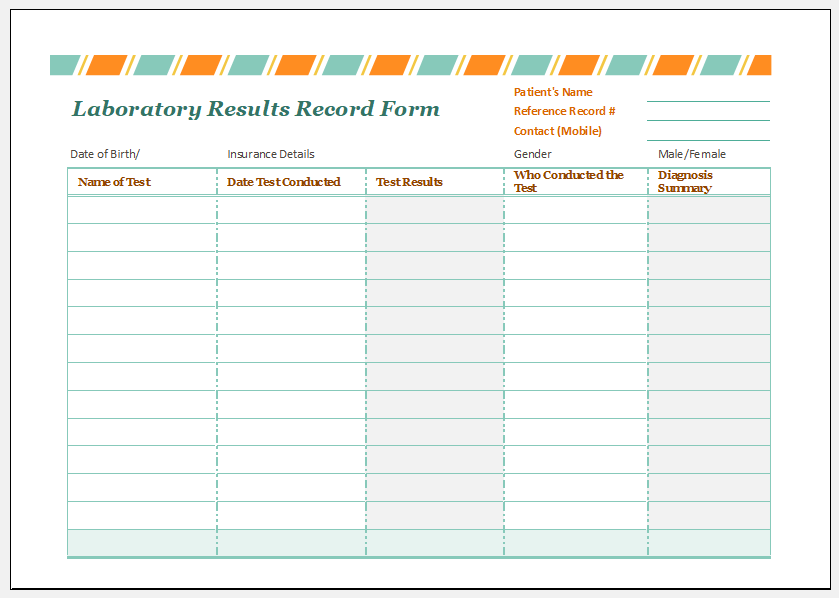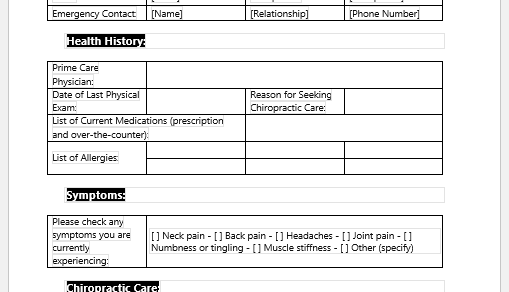Good medical practice is highly based on accurate and timely diagnosis. Medical practitioners in the old times almost always relied on medical history and examination. With the passage of time, medical sciences took a big heap when laboratory investigations became available. Diagnosis of disease became easy and quick.
It was the 19th century that witnessed the evolution of laboratory examination making medical diagnosis and treatment more efficient. Patient care and recovery have been made quite easy since then. Medical diagnosis and decision-making are now very quick and easy. A quick decision results in quick patient care and efficient management of patients’ illnesses.
Not only the chemical analysis of the blood and other human fluids has made diagnosis easy, but other diagnostic tests either invasive or non-invasive have also revolutionized the face of medical diagnosis and management. For example, radiological diagnosis including X-rays, MRI, and ultrasound are more than sufficient to establish a diagnosis. We all agree that how ultrasound diagnosis has changed the face of surgical and gynecological practices especially.
Most important medical laboratory tests
There are uncountable laboratory tests which are held in patients but some tests are included in baseline investigations. These baseline investigations are done in every patient and are meant to give a clear idea of the general status of the patient. Some of the routine laboratory tests considered baseline investigations are;
Blood complete picture
Blood complete picture or CBC is one of the most common blood tests conducted on patients in any hospital. It tells us about all the blood components for example Hemoglobin level, White blood cells count in detail, red blood cell count, hematocrit, and platelets. It also tells us about the morphology of blood cells in the blood peripheral film.
Urine Routine Examination
This is also a routine laboratory investigation conducted to know any infections in the urinary tract of the patient. A patient complaining of dysuria, urinary frequency, or burning micturition is the candidate for urine routine examination in which the color, pH, and specific gravity of urine tell us if the patient is suffering from any infection.
It also tells about the presence of any pus cells or bacteria, yeasts, casts, or crystals in the urine. If there are bacteria or pus cells in the Urine RE, it indicates a urinary tract infection that needs to be treated by antibiotics after doing the culture and sensitivity of urine.
BSR
BSR or random blood sugar is also done as a baseline investigation. Random levels of blood sugar can give us an idea about the status of the patient and a raised level is called to investigate the blood sugar levels on a further level.
Laboratory Tests record
It is really useful to keep a record of lab investigations for a patient because it provides thorough information about the patient’s status. For example, in a CBC record, a physician can review the changes in Hb levels over time at one glance. Similarly, all other investigations written in chronological order are a better means of reviewing lab investigations quickly. This record includes X-rays and ultrasound results also.



